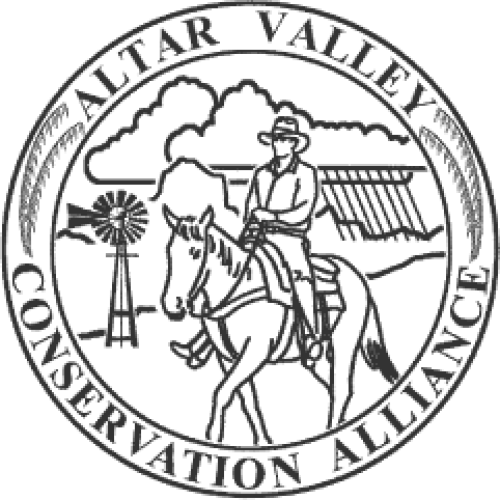ABSTRACT
Larval interactions of four anuran species were experimentally investigated. Artificial pools were used to simulate their temporary pond habitat. A comparison of varied-nutrient and varied-density experimental results suggest that the most important type of competition in this system is chemical growth inhibitors. Also, interspecific effects seem stronger than intraspecific effects. Two-species experiments indicated that S. multiplicatus tadpoles are more successful in achieving metamorphosis than S. couchi when interspecific predation is allowed. The opposite result was observed when predation was prevented. The production and success of the predaceous larval morphotype of J3 multiplicatus was positively correlated with prey density, e.g. fairyshrimp and S. couchi larvae. When interspecific predation is allowed, two-species experiments between Scaphiopus spp. and Bufo alvarius or B. cognatus indicate that Scaphiopus spp. tadpoles are more successful in achieving metamorphosis than Bufo spp. Field observations suggest that the co-occurrence of Scaphiopus spp. and Bufo spp. larvae is the result of occassional Scaphiopus spp. reproductive failures. [AUTHOR ABSTRACT]
Document type: masters thesis.

Reports and other documents about Sonoran Desert ecology, management, and conservation. Curated by the not-for-profit Altar Valley Conservation Alliance (AVCA) located outside Tucson, AZ.